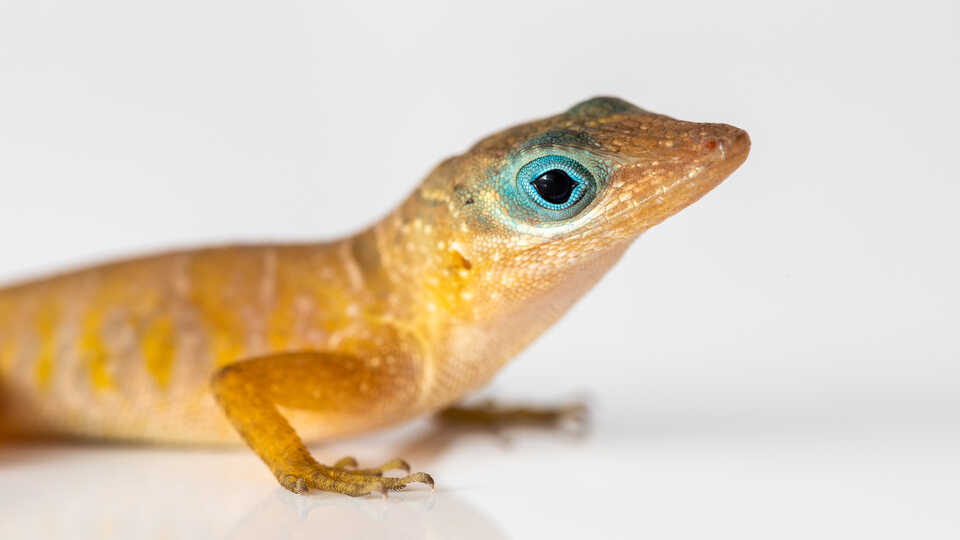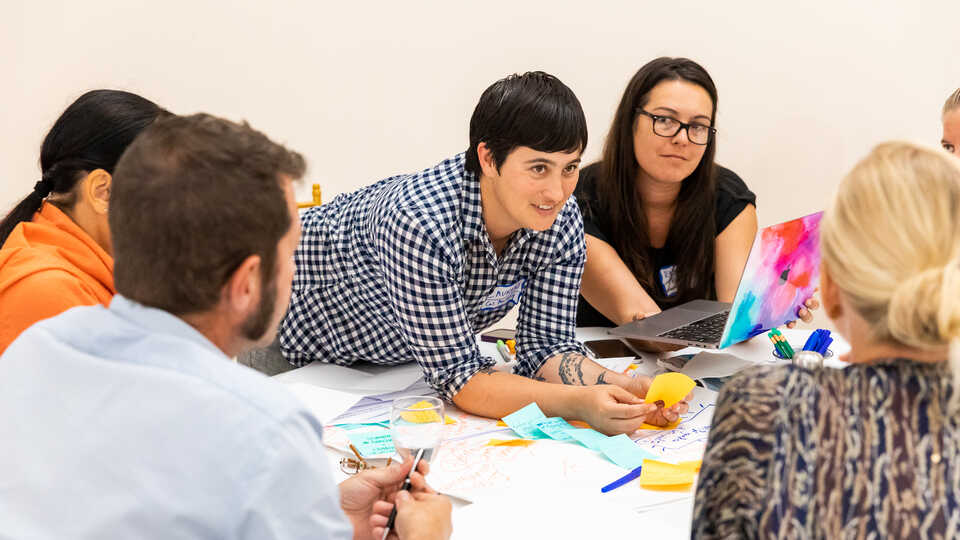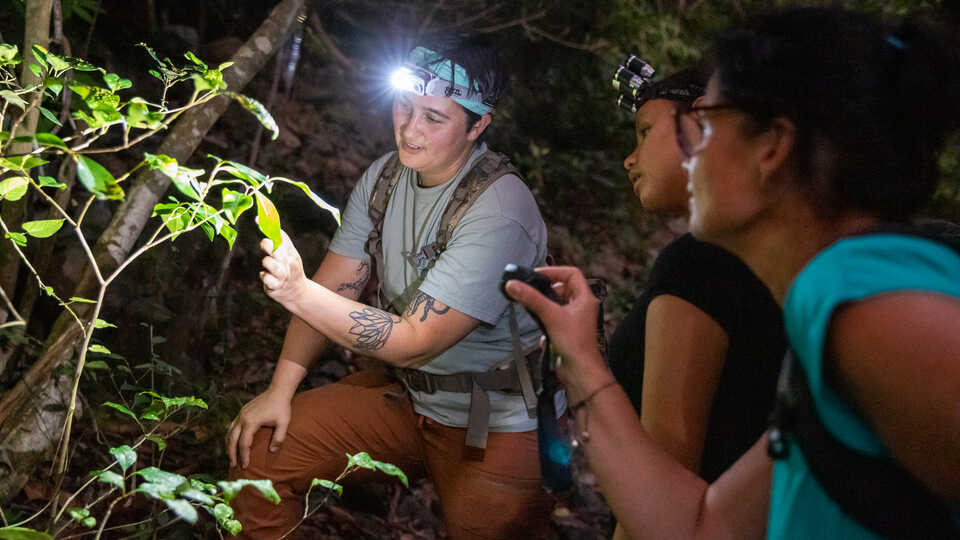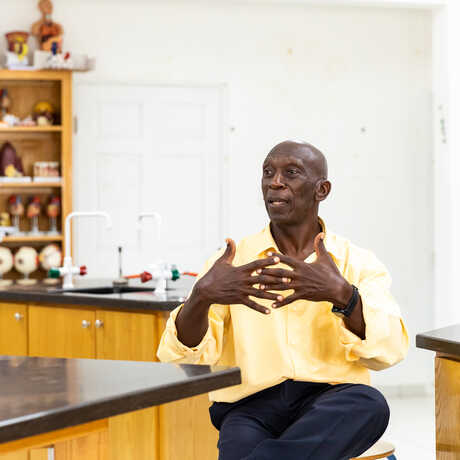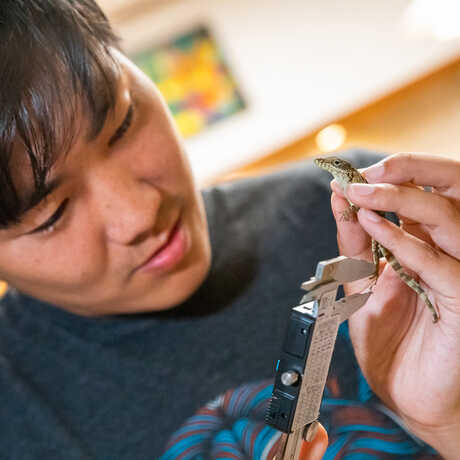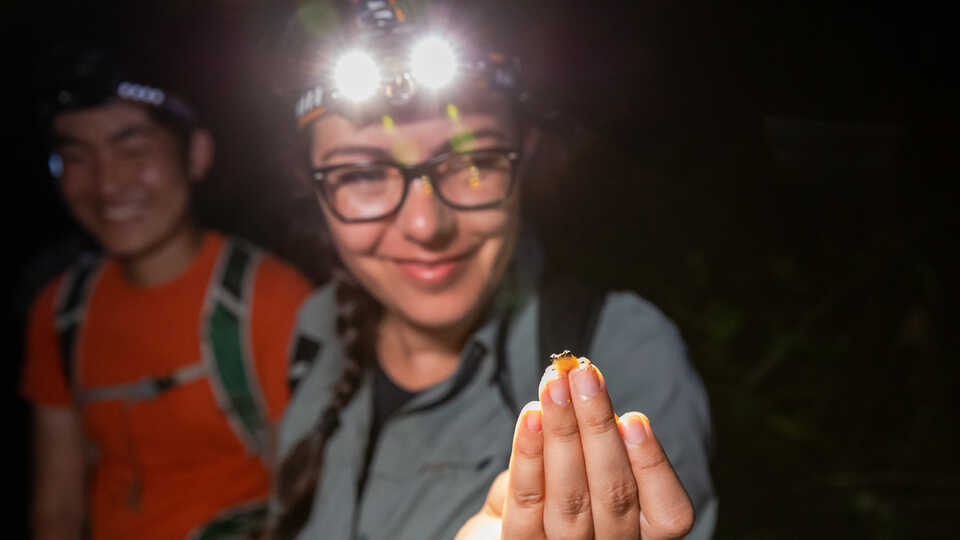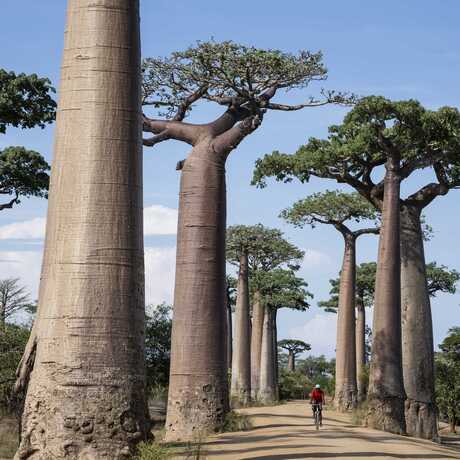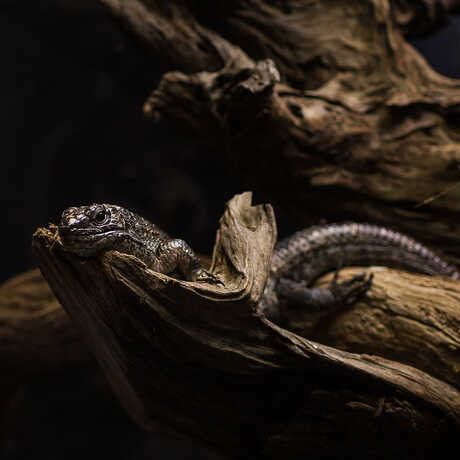Don’t let its modest 34 square miles fool you: The tiny Caribbean island of St. Martin is a biodiversity bonanza. For the official launch of our Islands 2030 initiative in the Lesser Antilles, Academy staff traveled to St. Martin to research its unique terrestrial biodiversity and embark on exciting collaborations with local communities. We’re honored to work with such passionate partners on this multinational island, and look forward to sharing updates about the innovative solutions that will help its people and nature thrive together.
Island-hop around the world with us! Follow the Academy's Islands 2030 team on social media and with the #Islands2030 and #CASfieldnotes hashtags.
